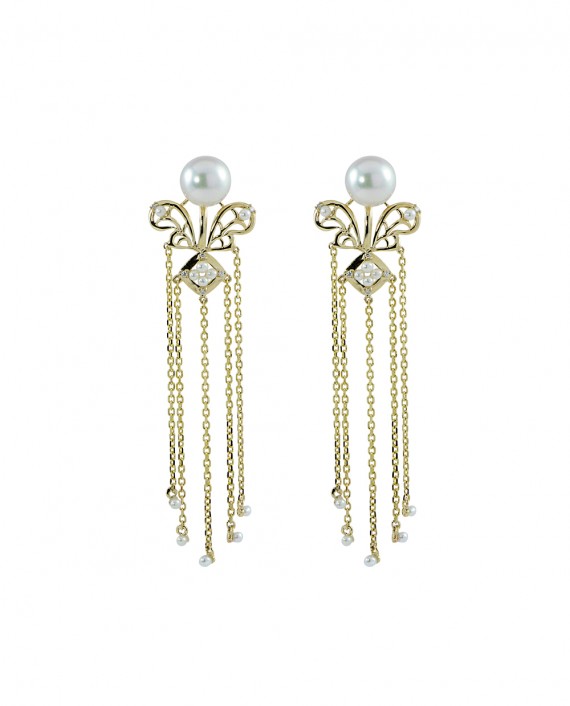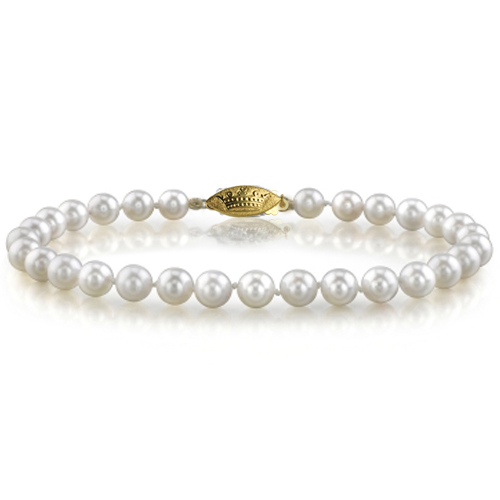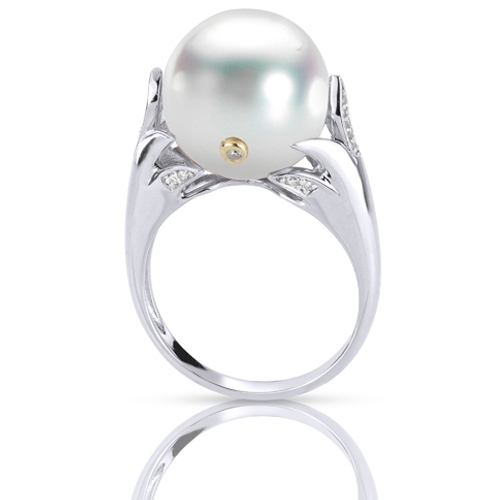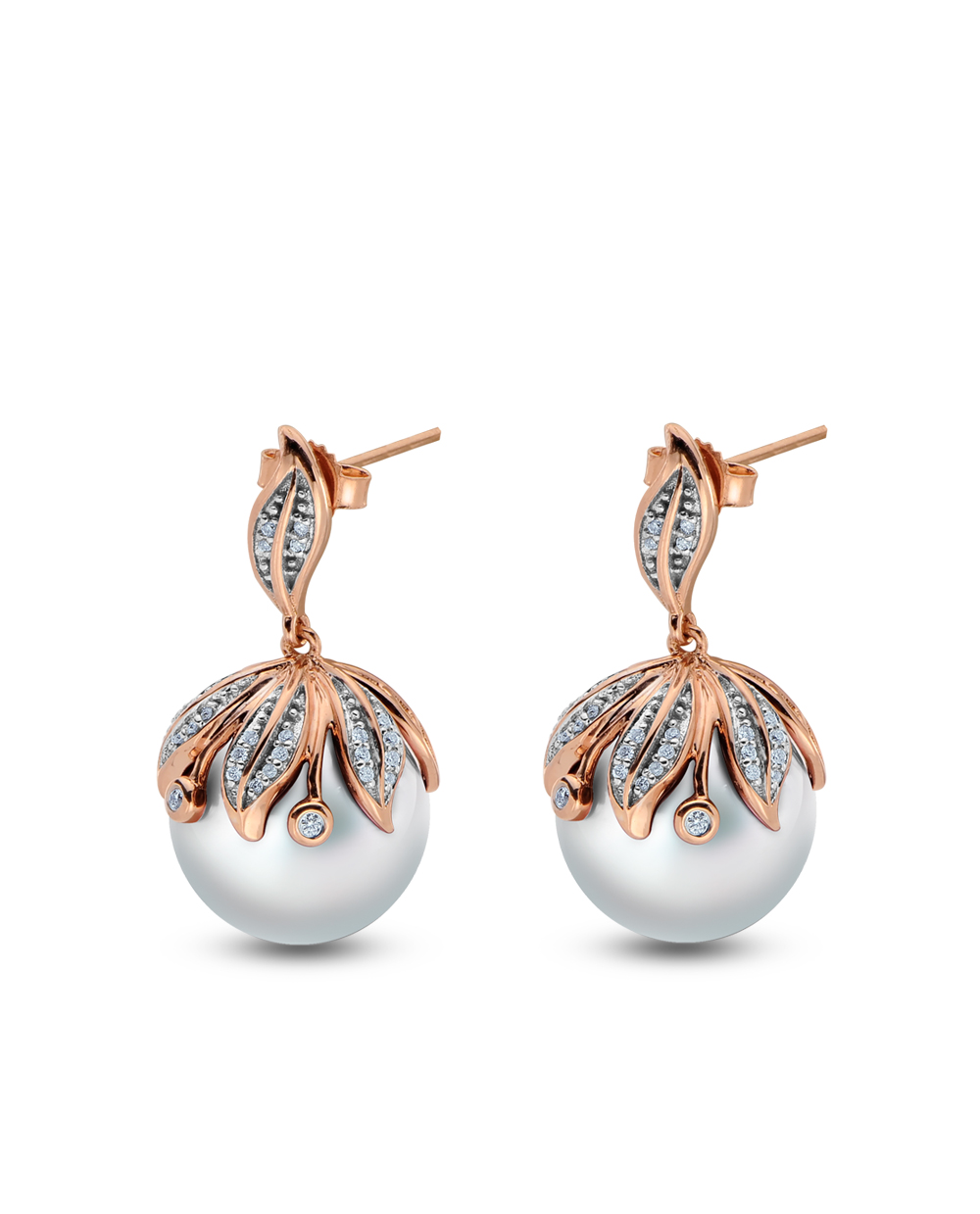-
pearls
|
Real pearls are examples of nature’s beautiful magic. They are
formed when a mollusk (oyster, clam, mussel) has an irritant enter
its shell; in defense, the mollusk produces layers of fluid (as
nacre, pronounced NAY-kur) around the irritant. The process takes
between 5-10 years. |
||||
| Types of Pearls | ||||
|
||||
 |

|
 |
 |
 |
|
How to Tell Real Pearls from Imitation: Professional jewelers can
spot an imitation pearl from cultured pearls and will not sell you
imitation marked as real. To test a pearl as imitation is to rub it
against another pearl; imitation pearls glide across each other but
cultured pearls feel gritty because of the layers of nacre. Many cultured pearls are treated to enhance their luster or alter their color. This does not make them any less real. Our professional jewelers, members of Jewelers of America, are trained to understand and explain these treatments to you. Pearl Quality Factors: Pearls are classified by origin and graded by size, shape, nacre thickness, color, luster, surface clarity and how they match. Lustre: The combination of surface brilliance and a deep-seated glow, the luster of a good-quality cultured pearl should be bright, not dull. Your reflection should be seen clearly on the surface of a cultured pearl. Any pearl that looks too chalky or dull indicates low quality. Shape: Cultured pearls are grown by oysters and subject to the whims of Mother Nature. It is very rare to find a perfectly round cultured pearl, which is considered most valuable. Many prefer the perfect spheres of classic baroque pearl jewelry with an irregular shape commonly seen in fine jewelry. Freshwater pearls from lakes and rivers are usually baroque. Size: Measured by their diameter, the average cultured pearls sold today are between 7 and 7-1/2 millimeters. The larger the pearl, the more valuable it will be. Surface: Cleanliness of the cultured pearl surface refers to the absence of disfiguring spots, bumps or cracks. Color: Rose Silver/White Cream Gold Blue/Gray cultured pearls occur in colors from rosé to black. While color is a matter of preference, rosé or silver/white pearls tend to look best on fair skin tones, while cream and gold-tone cultured pearls are flattering to darker complexions. Quality Pearl Strands: Pearls should not bunch or twist. Knots should be shaped uniformly and pushed snugly against both sides of every pearl. Silk cord should match the pearl color as closely as possible Our professional staff can inspect, clean and restring your pearls. Contact us. |
||||
| Download: Pearls Caring & Cleaning | ||||
Location
- 5456 Cottage Hill Road
- Mobile, AL 36609
- 251.661.9846
- info@hayes-jewelers-mobile.com
Hours
Monday - Friday . 10am to 6pm
Saturday . 10am to 4pm

Services
©2023 Hayes Jewelers
All Rights Reserved
Site Design


 Appraisals
Appraisals